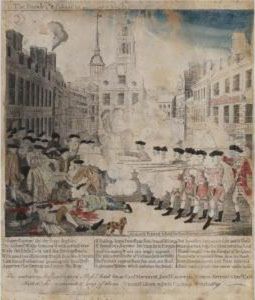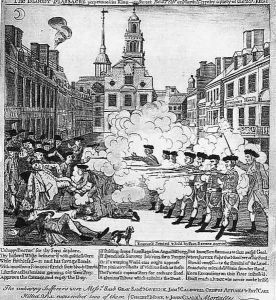Paul Revere Paintings
Paul Revere was an American silversmith, engraver, early industrialist, and a Patriot in the American Revolution. Born on January 1, 1735, in Boston, Massachusetts, he is best known for his midnight ride to alert the colonial militia in April 1775 to the approach of British forces before the battles of Lexington and Concord, as dramatized in Henry Wadsworth Longfellow's poem, 'Paul Revere's Ride'. Beyond his revolutionary activities, Revere's life spanned a period of great social, political, and economic change, and he played a significant role in the early industrialization of America, particularly in Massachusetts.
Revere's career as a silversmith and engraver was both successful and influential. His craftsmanship and business acumen established him as one of Boston's leading silversmiths. His engravings included political cartoons and illustrations that supported the Patriot cause, making significant contributions to the American propaganda efforts during the build-up to the Revolution. After the war, Revere expanded his business interests to include a foundry and a copper rolling mill, which supplied the young nation with a domestic source of metal for coins, bells, and naval fittings.
Paul Revere's legacy extends beyond his famous ride. He was deeply involved in the community, participating in local politics and organizations. Revere also played a key role in the development of the American manufacturing industry, demonstrating early American innovation and entrepreneurship. His life and work are emblematic of the broader themes of American independence, innovation, and the struggle for freedom. Revere died on May 10, 1818, in Boston, Massachusetts, but remains a significant figure in American history for his contributions to the country's fight for independence and its early industrial development.

